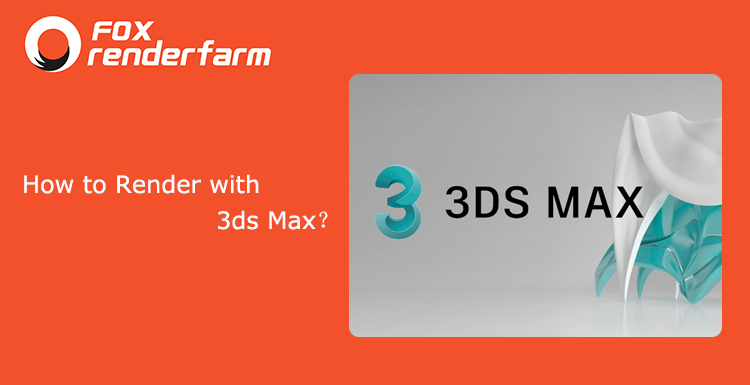

However, it's common to model and render multiple images, and then combine them in an animation. Sometimes single images are created from the scene files. Rendering applications such as Autodesk Maya, Autodesk Arnold, Chaos Group V-Ray, and Blender Cycles produce 2D images. 3D scene files are authored in applications such as Autodesk 3ds Max, Autodesk Maya, and Blender. Just a good CPU and enough RAM to handle the job.Rendering is the process of taking 3D models and converting them into 2D images. There's no need for expensive video cards, monitors, etc.

Then they can be added to an internal render farm and for the cost of a new, high-end workstation, you can have a farm of 6-8 machines that can run all day, every day. In the case of rendering animations with Backburner, I've known people that watch eBay and purchase 2-3 year old workstations that may not be the fastest out there, but can be picked up at a reasonable price. This allows you to render on your own machine, and use the CPU & RAM of other machines rendering concurrently. If you are doing high resolution images that take a long time to render, you can distribute the render job via Distributed Bucket Render (mental ray) or Distributed Rendering (V-Ray).

In the case of animations, where you are rendering many frames, you can utilize Backburner and have multiple machines rendering the various frames (saving as an image sequence, not to AVI) which will speed things up considerably. But, if you are rendering with a CPU based render engine (mental ray, V-Ray, ART) you can offload the render jobs to other computers. If you are rendering with a GPU based render engine like Iray, you'll need to use a powerful (and likely expensive) graphics card.


 0 kommentar(er)
0 kommentar(er)
